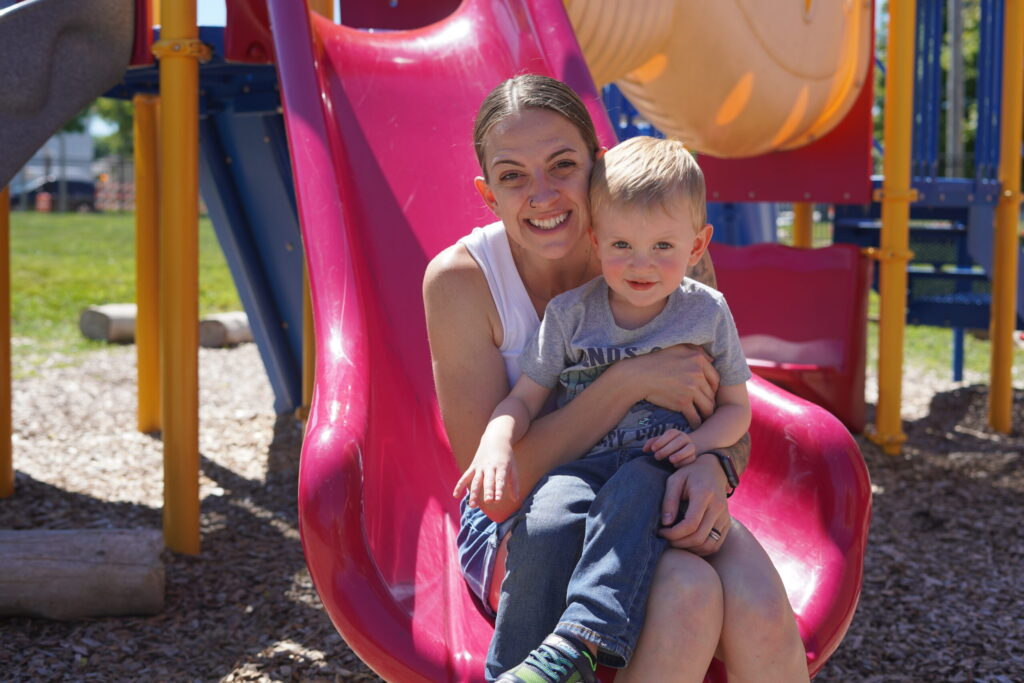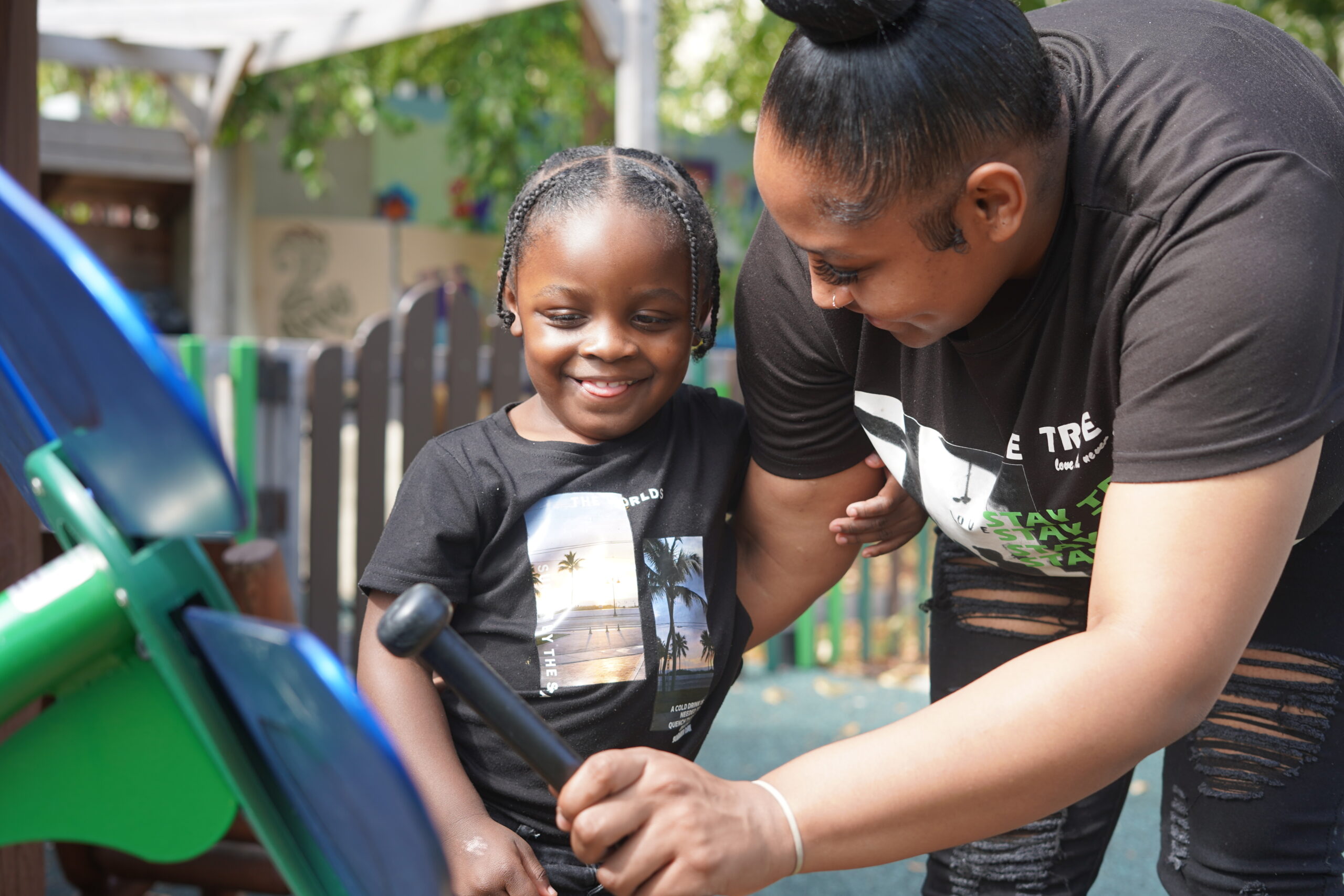AUTISM SERVICES
First Connections
Penfield’s First Connections program is specifically used to teach parents to address the unique needs of their toddler with autism. With the support of a trained interventionist, you will learn the skills and strategies to enable you to facilitate your child’s learning and development.
In the program, caregivers will learn new and powerful strategies to address the core characteristics of autism. These strategies which will change the way your child interacts with you and the social environment and significantly minimize the effects of autism. The program focuses on the development of:
Social Interaction
- Initiating interactions
- Responding to the initiations of others
- Sharing enjoyment
- Making eye contact
- Non-verbal communication
Language Development
- Articulate syllables and words
- Using sounds to make words

One family who has benefited from the First Connections program is Graysen and his mom, Kimberlyn. When Graysen was 18 months old, Kimberlyn noticed that his communication skills were not up to speed with his peers. He wasn’t speaking and wasn’t interacting with anyone.
“We were really worried about Graysen, we didn’t know what to do or where to turn.”
Then, Kimberlyn learned about the First Connections program. She enrolled Graysen and within weeks, she began to see a difference.
“Graysen started to communicate more, he started to make eye contact. He started to play with other children. It was amazing.”
Today, Graysen is a thriving three-year-old. He is utlizing a variety of communication skills to engage with family and friends.His family is grateful for the First Connections program for helping him reach his full potential.

What Caregivers Can Expect
A trained provider will come to your home to coach and provide strategies to build social attunement which will look like learning ways to engage your child in a fun and exciting way.
Through the guidance of the trained professional and a parent manual, you will learn:
- ways to create activities that are more fun with you than without you
- ways to get eye contact without demanding it
- ways to help your child learn to turn to their name
- beginning communication skills.
Visits occur one time per week for 60-90 minutes with daily activities for you to build into your routines between visits.
First Connections Frequently Asked Questions
Does my child need a diagnosis?
No, your child does not need an autism diagnosis to enroll.
How old does my child need to be to participate?
The program is currently shown to be effective with children 14 months-6 years of age.
Where does the session take place?
Sessions take place in the child’s home.
How long is the program?
Visits occur one time per week for 60-90 minutes with daily activities for you to build into your routines between visits. The research show that progress is shown within twelve weeks.
Can I do First Connections and ABA therapy at the same time?
Although each program requires a significant time commitment, families are not discouraged from enrolling in First Connections while participating in ABA. Please be aware that families sign an agreement that states the family is available to meet with a provider for 60-90 minutes per week and are able to follow through on the suggested activities throughout the week.
Penfield Children’s Center uses Pathways Early Autism Intervention Model for our First Connections Autism Services
Making an Impact
Caregiver Testimonials
The First Connections Autism Services gives parents skills and techniques to practice with their child using household items they already have. Giving the caregiver guidance and support, they are able to work one on one with their child to develop new skills.
Hear from our families about their success with the program.


